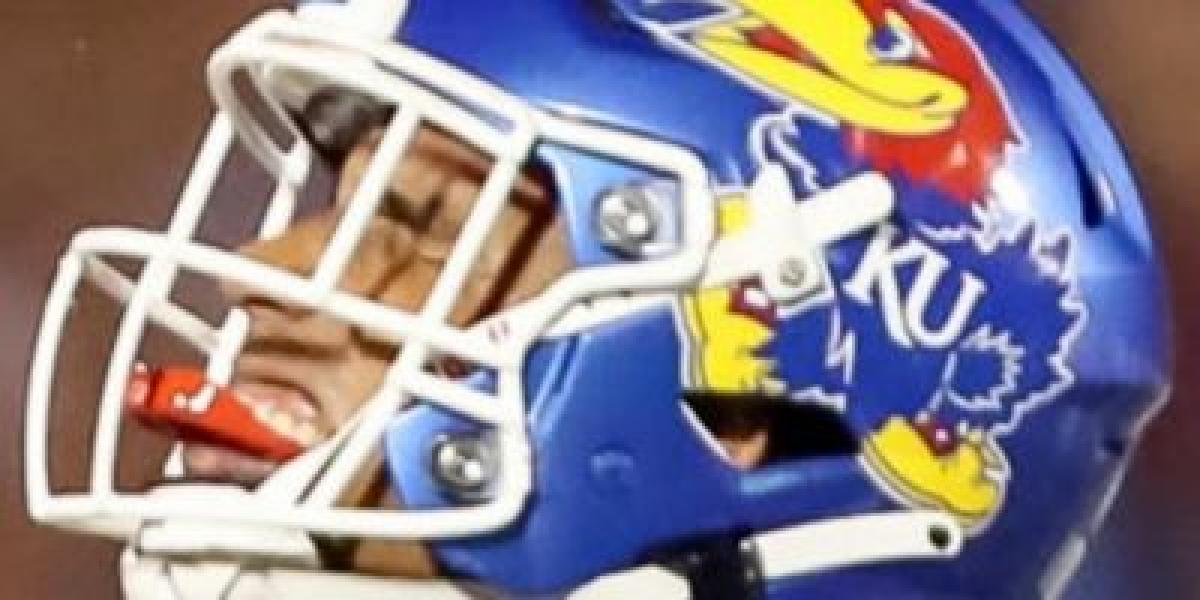In the early years of the program, dating back to the late 19th century, Kansas players wore minimal protective equipment. Leather helmets, offering little more than token protection from injury, were the norm. As the game became more physical and the dangers of head injuries became more apparent, advancements in helmet design were made.
The introduction of hard-shelled leather helmets in the early 20th century marked a significant step forward. These helmets provided some degree of protection from blows to the head. However, they were still far from perfect, and concerns about player safety remained.
The mid-20th century saw the introduction of plastic helmets, a major innovation in football equipment. These helmets were lighter and more durable than their leather predecessors, offering improved protection for players. The Kansas Jayhawks adopted plastic helmets in the 1950s, and they remained the standard for several decades.
With the ongoing focus on player safety, helmet design has continued to evolve in recent years. Modern Kansas Jayhawks helmets are made of high-tech materials that are designed to absorb impact and minimize the risk of head injuries. These helmets also incorporate features like facemasks and padding to further protect players.
While the core design of the Kansas Jayhawks helmet – a crimson base with a single white stripe down the middle – has remained relatively consistent throughout history, the materials and technology used in their construction have undergone a dramatic transformation. This evolution reflects the increasing importance of player safety in the game of football.




